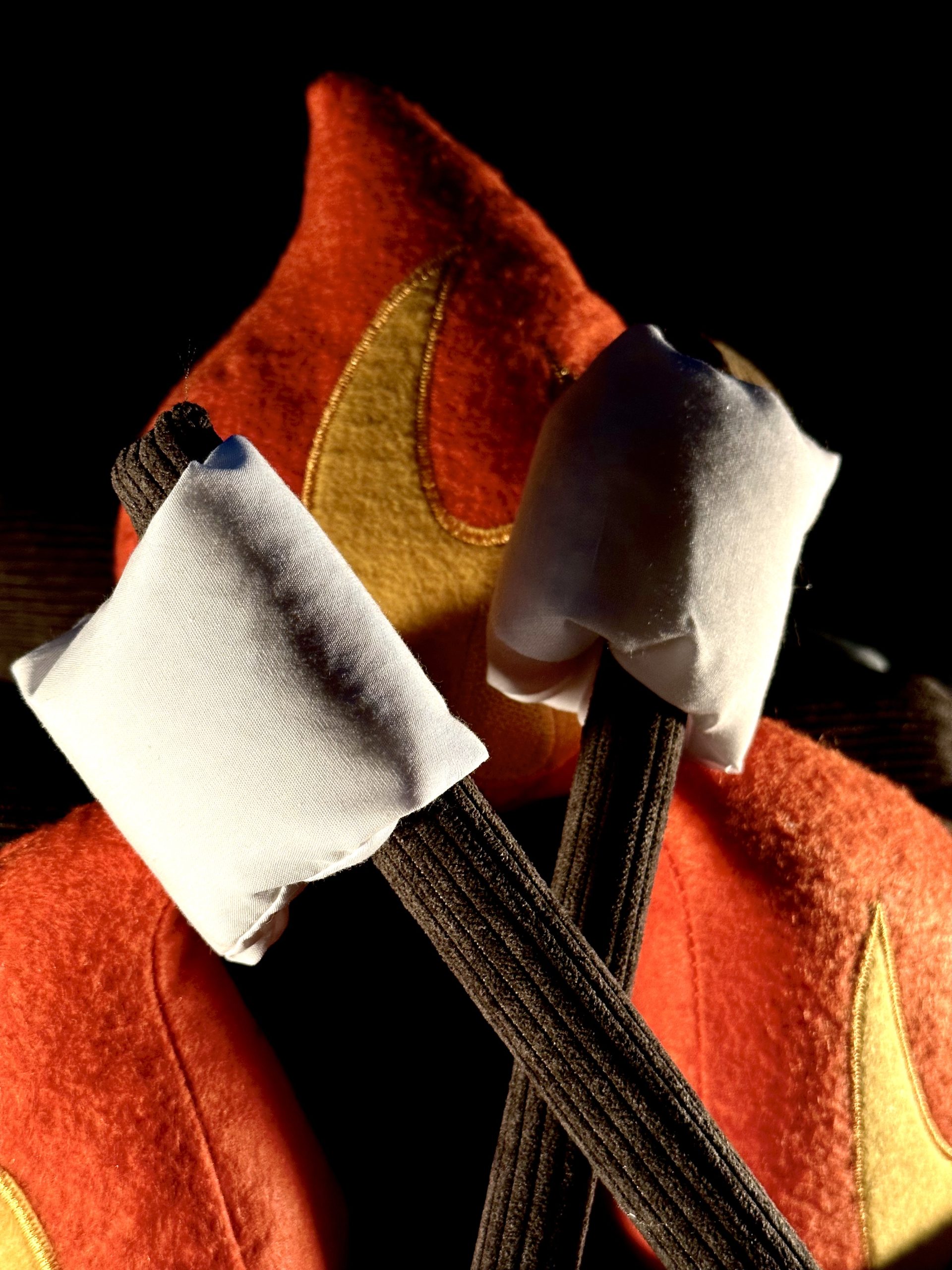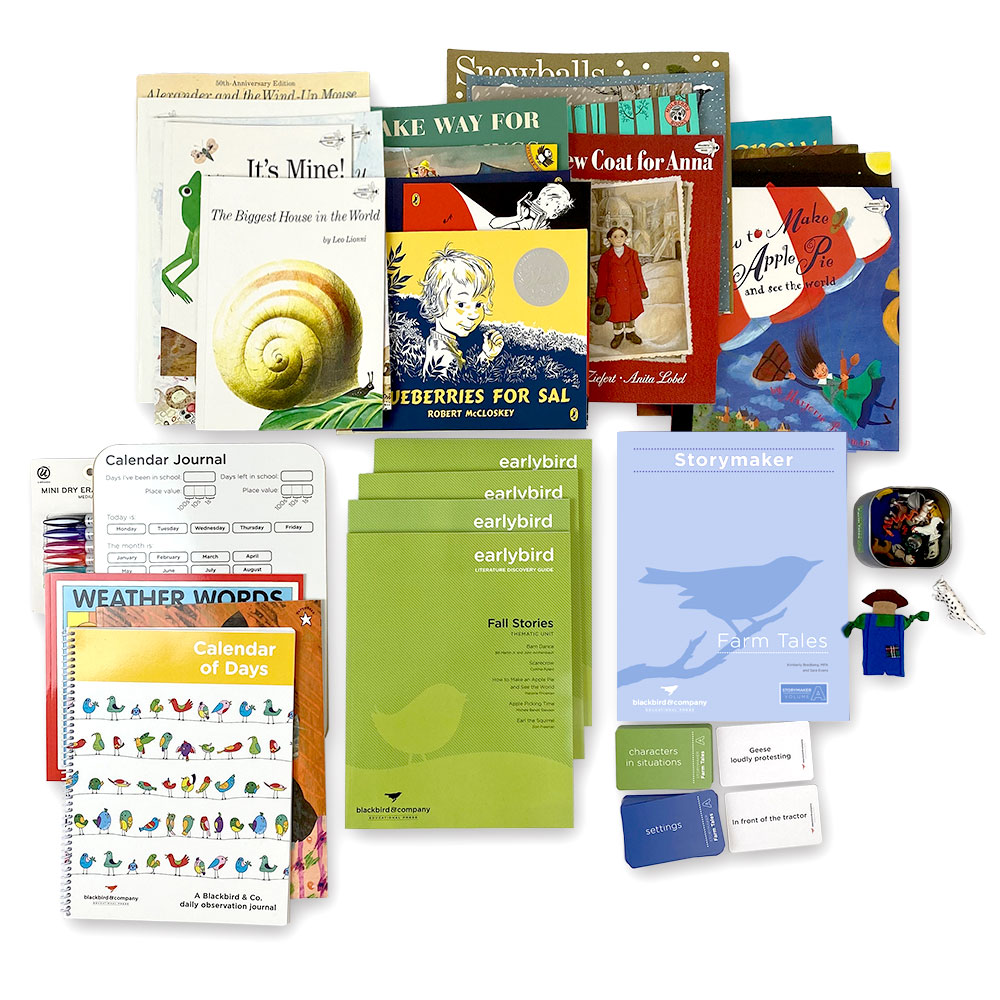
This time, last year, I was leading an Earlybird Pages session using our Spring Stories thematic unit—such beautiful stories and pictures about spring. Every time we read a new story, we sensed the anticipation in the air. How exciting, to simultaneously see things growing, blooming, changing right around us!
Colors so bright. Food so delicious. Bugs and wildlife transforming.
I planted a garden of my own about the same time. We planted some vegetables from seedlings. We planted some from seed. This garden has been so much fun to watch— from the breaking of ground to the first little glimpse of green as the plant slowly starts to unfurl.
I always research the authors and illustrators before any class I teach. Two of the authors we read about were motivated to write books about their gardens because of memories from their childhood. Monica Wellington wrote, Zinnia’s Flower Garden, and was inspired by her early childhood living in a small town in Switzerland, surrounded by mountains, woods, lakes, orchards fields and farms. Monica writes about subjects she knows about and subjects she wants to know more about. She constantly writes down words and thoughts and collects photos and pictures. She has a big box where she stores her “seeds of ideas”. She rustles around in it when she is thinking of her next book!
Grace Lin wrote her first published book, The Ugly Vegetables, based on her childhood experience of growing Chinese vegetables with her mother, while their neighbors grew beautiful flowers. When interviewed about her ideas for her books, Grace mentioned she travels everywhere with a sketchbook so she can always capture her ideas no matter where she is.
I love this idea of collecting words and pictures from right around us to fuel our BIG ideas! These ideas, once planted, grow inside of us and start to unfurl just like our own gardens. The more we tend to these ideas the more they grow and develop into something bright, open, strong, into something we want to share with the people around us. Our curriculum, over time, helps students collect “seeds of ideas” and supports them in planting and tending them.
Consider our brand new Operation Lexicon Word Collecting. Tied to the workbook, three beautiful books will guide students into the wonder of collecting words. Students learn to tease out word meanings and play with application. Words, like food, can be full of flavor and fun.
Last spring I talked to my students about starting a “seeds of idea” box and carrying sketchpads. I shared with my family my desire to create my own idea box. My son Grady created beautiful flowers on the front. I expanded my idea to include those of my family too! I am excited to continue the work of gardening my ideas this spring and watch them bloom.
There are no limits!
Strong words. Great stories. Beautiful illustrations. May our ideas bloom forth!
~Clare Bonn



